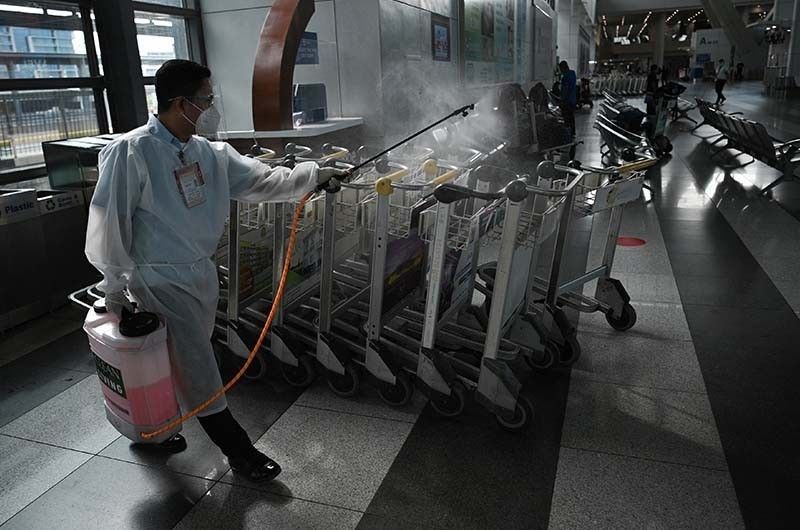DOH says ready with response protocol for monkeypox

MANILA, Philippines — The Department of Health said it has already prepared a response mechanism for the monkeypox virus in line with global standards after the World Health Organization (WHO) sounded its highest alarm on the global virus outbreak.
The agency claims it has been preparing for the virus ever since it saw the rise in monkeypox cases in other countries last May. The Philippines has yet to report even a suspected monkeypox case in the country.
“Ang itsura ay karaniwang naipapaliwanag ng ibang mga sakit na kahawig ng monkeypox, ngunit hindi nito kapareho,” DOH Officer-in-Charge Maria Rosario Vergeire said in a statement on Sunday.
(The clinical presentation is often explained by other diseases that look like monkeypox, but it is not the same.)
“The DOH will keep the Filipino public updated with factual information.”
Monkeypox, which was first discovered in a monkey, is far less severe than the related deadly smallpox virus. The strain circulating outside Africa is said to be the milder of the two known versions.
The UN-backed WHO on Saturday declared the monkeypox outbreak a “public health emergency of international concern.” The risk of the virus remains moderate globally except in the European region where the risk is high.
A July 22 tally of the US Centers for Disease Control and Prevention logged 16,836 individuals infected with the monkeypox virus across 74 countries.
Following response recommendations
Back home, the DOH said it is following the temporary recommendations guide of the WHO for countries with no history of monkeypox in humans, which includes:
- Activate multi-sectoral coordination mechanisms for readiness and response, to stop human to human transmission;
- Avoid stigmatization and discrimination against any individual or population group that may be affected, to help prevent further undetected transmission;
- Intensify epidemiology and disease surveillance;
- Intensify detection capacity by raising awareness and training health workers;
- Raise awareness about virus transmission, related prevention and protective measures, and symptoms and signs among communities that are currently affected as well as among other population groups that may be at risk;
- Engage key community-based groups and civil society networks to increase provision of reliable and factual information;
- Focus risk communication and community support efforts on settings and venues where close contact takes place;
- Immediately report to WHO probable and confirmed cases of monkeypox; and
- Implement all actions necessary to be ready to apply or continue applying further Temporary Recommendations for countries with detected cases, should there be a first-time detection of one or more suspected, probable or confirmed cases of monkeypox.
The DOH said it has also been “carefully communicating” information about the monkeypox virus to the public through guidelines and advisories. It circulated interim technical guidelines for surveillance of the virus, screening, and protocols on May 24 and soon after conducted online town halls and meetings with healthcare workers and offices under its wing.
The department said it also convened on May 27 the Philippine Inter-agency Committee on Zoonosis, which include the DOH, the Department of Agriculture, the Department of Environment and Natural Resources, along with their respective agencies.
Meanwhile, the DOH Research Institute for Tropical Medicine prepared its Realtime PCR assay, which will be used to detect monkeypox, last June 20.
The agency is also working with civil society organizations, community groups, social hygiene clinics and advocates in informing the public about the risk of monkeypox transmission “among certain population groups without stigma.” — with reports from Agence France-Presse
- Latest
- Trending
































